We’ve always had this romance with speed and danger. It’s stitched into the very DNA of driving culture, this intoxicating belief that behind the wheel, everything changes, and we become invincible.
Many have found themselves on the wrong side of speed and overconfidence, reminders that enthusiasm behind the wheel is no substitute for skill or judgment.
That same energy pulses through every 20-something with a hot hatch and something to prove. But while we chase that thrill, the world around us, traffic, pedestrians, and motorcyclists, continues its own unpredictable rhythm. It’s in that fleeting moment, that narrow margin of error, where today’s technology steps in. And often, it’s the difference between a story you tell your friends and one that’s told about you.
The Autonomous Systems Perspective
There was a time when cars were only as smart as the people driving them. A carburetor knew only one thing: mix fuel and air and hope for the best. Safety was a prayer and a seatbelt.
Mercedes, Waymo, & the Ethics of Autonomy
- Mercedes offers competing automated driving technologies that some users consider technologically advanced in certain aspects, particularly in luxury vehicles where features like air suspension complement the driving experience.
- Waymo, Alphabet's self-driving technology company, operates a different business model than Tesla, focusing on dedicated autonomous taxi services rather than selling self-driving capabilities to individual vehicle owners.
- Autonomous driving systems from various companies face similar ethical and practical challenges when dealing with unusual situations, such as how the systems might respond to emergency scenarios or when legal exceptions might be necessary.
Today, we’ve handed some of that responsibility to the machines. Not out of laziness, but because, frankly, they’re better at it. And if you need proof, just listen to this firsthand account, unfiltered, unscripted, and more honest than any spec sheet:
“I thought my Tesla was behaving strangely tonight. Autopilot was driving me in the fast lane at 79 mph, and all of a sudden, it lunged across the yellow line. Before I could take over, a motorcyclist went by at a high rate of speed. In my lane. Or too close for me.
The Tesla saw him coming behind me and moved over to let him by. It quickly moved back after the motorcyclist was safely past. Thank God for watching over both of us. Thank the Lord for Tesla's technology and engineers. No mere ‘driver assistance’ package can do that. And people try to claim others are the same.”
Tesla's Full Self-Driving, for all its unfinished ambitions, is already the most advanced driving aid on the road. Hyundai’s SmartSense is competent. BMW’s Driving Assistance Pro is slick and capable in ideal conditions. Waymo? A marvel in the lab. But none of them are Tesla, not yet. Because Tesla isn’t just mimicking drivers. It’s outthinking them.
Tesla FSD Uncovered: Safety, Supervision & the Evolution of Self-Driving
- Tesla's Full Self-Driving (FSD) package has been available since around 2016 as an additional purchase option (initially for around $3,000), though the technology has evolved significantly since its introduction and remains under ongoing development.
- Despite its name, Tesla's "Full Self-Driving" technology still requires driver supervision and has been the subject of controversy regarding the gap between its marketing promises and actual capabilities, with some questioning the ethics of how the system has been promoted.
- There have been challenges in scientifically proving the safety benefits of Tesla's Autopilot compared to human drivers, as proper comparative studies would require large-scale randomized trials that present practical and ethical obstacles
There’s a difference between assistance and intuition. The former reacts. The latter predicts. That’s what separates Tesla from the pack, it doesn’t just respond to what’s in front of it. It senses the story unfolding behind it. That motorcyclist was a variable coming fast from the rear quarter, a blind spot in the old world. But not for Tesla. Not when its cameras, ultrasonic sensors, and neural network are chewing through data faster than you can blink.
Autopilot doesn’t give you permission to be an idiot. It’s not an invitation to nap behind the wheel. It’s a tool for the moments when our flawed, emotional, distracted minds fail. You know the moment. It's late. You’re tired. Maybe you're blasting Van Helsing, and you don't see the Kawasaki coming up fast until it's too late. That’s when the machine steps in. Not because you weren’t trying. But because it doesn’t get tired, or angry, or nostalgic.
The Irony in It All
There’s a quiet irony here. We, the emotional species, created machines to be more rational than we are. But those machines now have the power to make life-or-death calls in fractions of a second. The moral panic brigade will scream about trolley problems and edge cases, but here’s the real truth: most of us couldn’t make that decision any better. We’d freeze. We’d guess. The car? It just acts. Logic beats fear. Code beats panic. Every. Single. Time.

No, Tesla hasn’t solved autonomy. Elon Musk's famously overzealous timelines haven’t always delivered, and the system still needs human oversight. That doesn’t mean the system is perfect. But here’s what it has done: it has saved lives. Today. Not five years from now. Not in some sanitized test city. On our highways. At night. In heavy traffic. It’s software, and it’s working.
Despite technology like this being so useful, not many people have taken the time out of their day to express gratitude for it even existing. Not just for the engineers who write the code or the designers who shape the sensors, but for the idea that maybe, just maybe, our cars can keep up with our recklessness. That a driver like you or me can be saved by a machine with no ego and perfect vision.
Has Full Self-Driving (or any other driver-assistance tech) ever saved your life?
Maybe it slammed on the brakes when your foot hesitated. Maybe it swerved when someone else wasn’t paying attention. We want to hear about it.
Whether it was Tesla's FSD, Super Cruise, Blue Cruise, or something less flashy but just as heroic, if a near-miss turned into a clean getaway thanks to it, drop the details in the comments below.
Image Sources: Pexel
Noah Washington is an automotive journalist based in Atlanta, Georgia. He enjoys covering the latest news in the automotive industry and conducting reviews on the latest cars. He has been in the automotive industry since 15 years old and has been featured in prominent automotive news sites. You can reach him on X and LinkedIn for tips and to follow his automotive coverage.


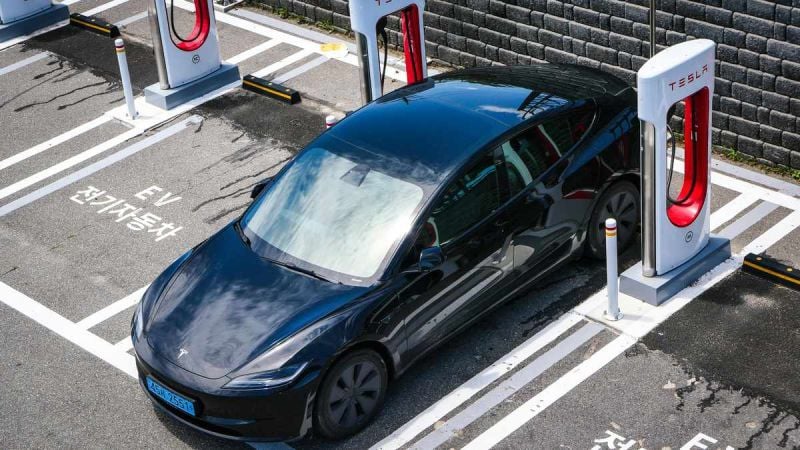





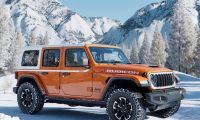
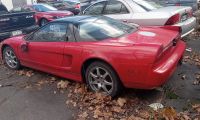
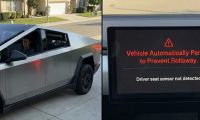
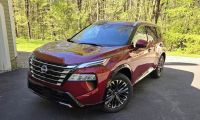
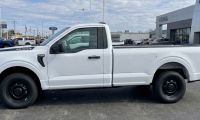
Comments
The irony of this is that…
Permalink
The irony of this is that you think the car did a good thing when it was incredibly more dangerous than just doing nothing. Just wow.
It is ironic tho! Sometimes…
Permalink
In reply to The irony of this is that… by Jon Carl (not verified)
It is ironic tho! Sometimes tech can have unintended consequences, even when the intention is to improve things.